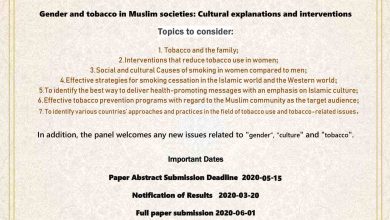
On the occasion of October 15, 2025 (23 Mehr 1404), National Tuberculosis (TB) Day, Dr. Mohammad Reza Masjedi, Professor at Shahid Beheshti University of Medical Sciences and Secretary-General of the Iranian Anti-Tobacco Association, published a commentary in Ettelaat newspaper (page 16) reviewing the current status of TB in Iran and globally.
TB has accompanied humanity since ancient times, with evidence of spinal tuberculosis found in Egyptian mummies, and since Robert Koch identified the tuberculosis bacillus in 1882, the disease has persisted despite extensive national and international control efforts. Incidence is influenced by war, famine, poverty, and immunocompromising conditions, yet TB remains a global health concern.
Globally, nearly 10 million people contract TB annually, increasing from 10.1 million in 2021 to 10.8 million in 2023. WHO’s End TB Strategy aims for disease elimination by 2030, but achieving this goal is hindered by significant challenges, particularly in low- and middle-income countries. Approximately one-quarter of the world’s population is infected with Mycobacterium tuberculosis, though most remain latent. Active disease develops in roughly 5% over a lifetime, with the highest risk during the first two years of life. Adults constitute 90% of cases, with men disproportionately affected. Untreated TB has a 50% mortality rate, whereas current treatment regimens (4–6 months) achieve 85% full recovery.
Key factors driving TB incidence include poverty, malnutrition, HIV infection, tobacco use, and diabetes. In Iran, tobacco use and diabetes are the most significant risk factors. In 2023, 9,800 TB cases were reported, reflecting a 33% decline in incidence from 2015 to 2023, with approximately 76% of predicted cases identified and a treatment success rate of 86%.
Global research advances have led to faster diagnostics, shorter and more effective drug regimens, and promising vaccines, improving TB control. Nationwide efforts by health authorities, combined with active community participation, particularly in underserved regions, are critical to supporting TB prevention programs and patient care.





